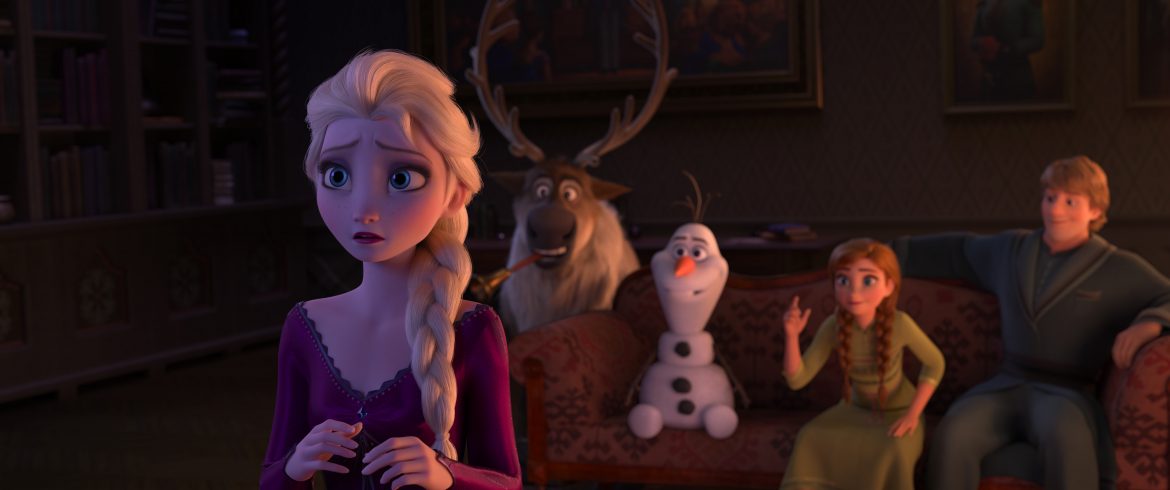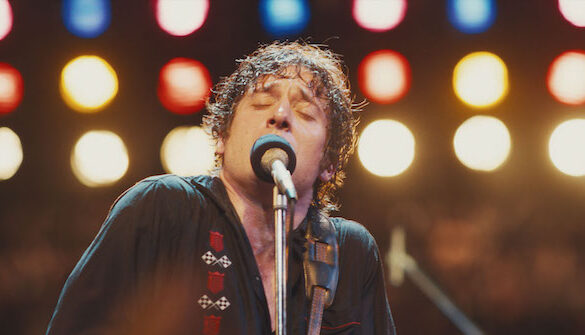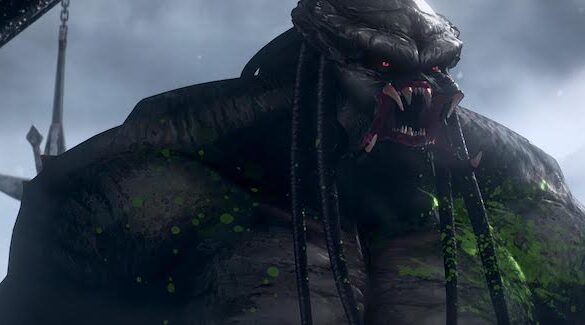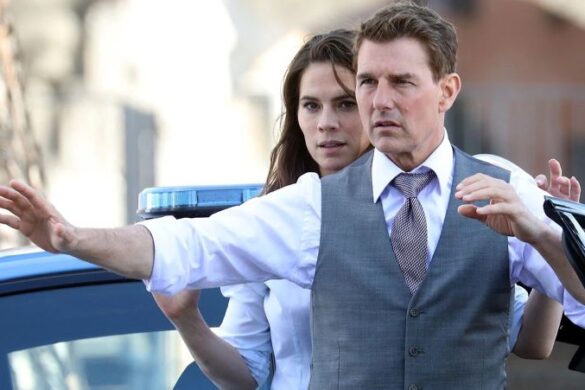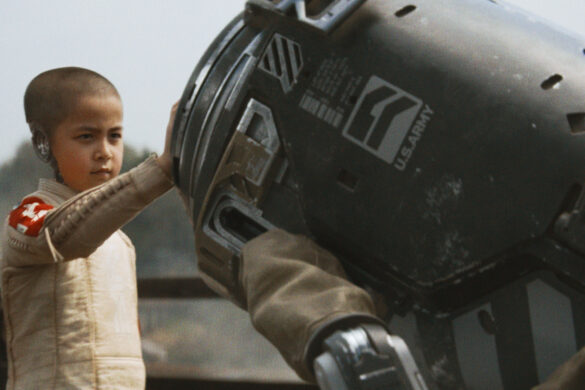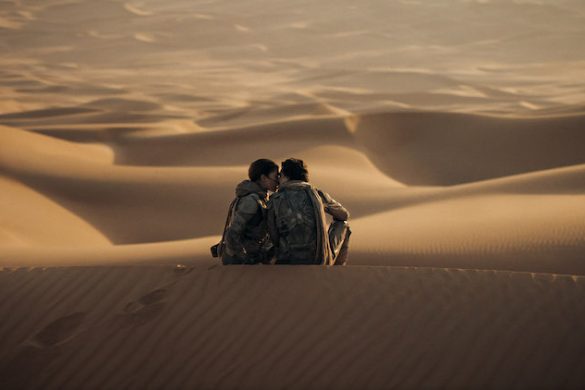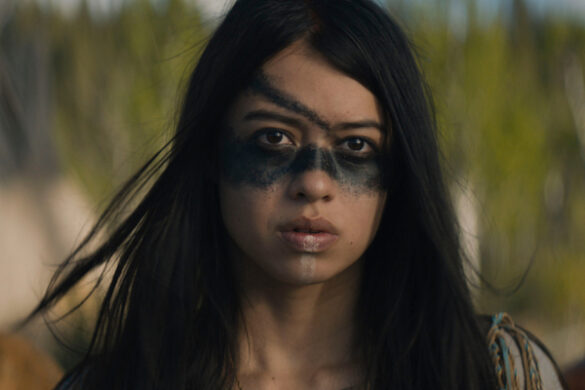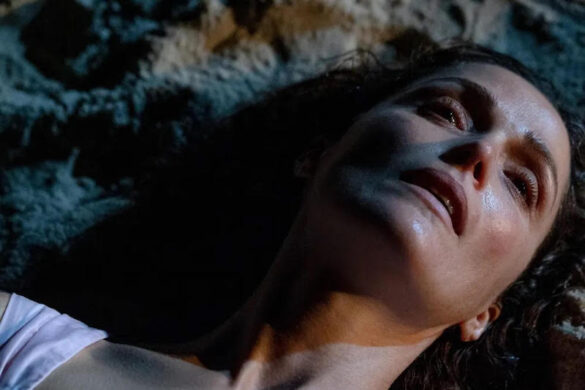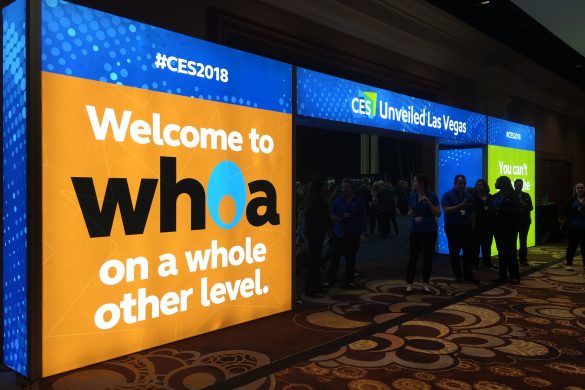Frozen was a phenomenal hit with both critics and audiences, as it garnered huge box office numbers and a few Academy Award wins. Though Walt Disney Studios rarely follows up their features with a sequel, directors Chris Buck and Jennifer Lee believed there was still some story left to tell. And some more music to sing. But matching or even exceeding the award-winning “Let It Go” will not be an easy task.
Luckily, Bobby and Kristen-Anderson Lopez are also coming back to write new songs for the highly anticipated sequel. But what exactly goes into making a song? How sure are the writers and story team that it is the right song? And what does a song need to look good on screen?
Well, That’s It LA, along with their fellow journalists, learned a lot about that during a sneak preview of Frozen 2. Check out just a few of the things that we learned about what goes into a song like “Into The Unknown.
In order for a film like Frozen 2 to work, Lee knew that she would have to bring back Bobby and Kristen-Anderson Lopez as the sequel’s songwriters. “We made a pact. When we connected with Bobby and Kristen, we were just about a year out and didn’t know that it would be picked up by later generations,” Lee said. “We are still naive in that sense. But we made a pact that we would build the second one in the same way as the first, and not let that pressure into the story room because every song has to come from the story, just like it did before, and every moment has to be true. “
The creative team worked together to ground themselves as well as the story because if they didn’t, it wouldn’t feel authentic. So if they were ever to stray, they knew that they could always come back to the love of the characters that they share with the audience. “We wanted to tell more story and the audience wanted to know more, and that propelled us and kept us going,” Buck said.
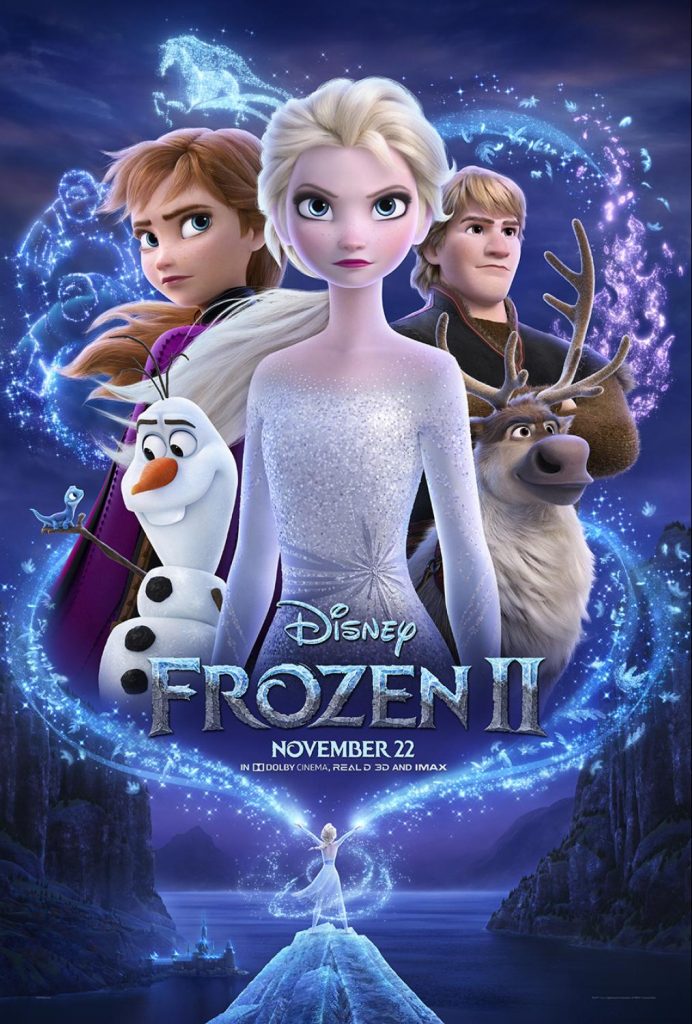
Music and songs are two essential pieces to Frozen 2. Lee confirms that “Into The Unknown” is just one of seven original songs that will be featured in the film. She also said that each of the leads will have at least one song, but Elsa will have two.
While the presentation could not get into all of the songs, it did break down the mechanics of “Into The Unknown.” Sung by Idina Menzel, the musical sequence centers on Elsa (Menzel) who is responding to a distant voice that only she can hear. At times she refuses to acknowledge that she can hear it, but it is hard to resist the siren sound as it could help give her the answers she needs about her ice powers.
During this sequence, audiences will see Elsa wear a nightgown. This fashion choice will prove to be important for not only the character but how the sequence itself flows. The Visual Development team is largely responsible for inspiring and supporting the story, as well as trying to infuse as much narrative as they can into the film and in animation. “In everything that you see, we’re trying to infuse a little bit of information to help the audience process the story and try to support the journey that we’re building,” visual development artist Brittney Lee said. “For a character like Elsa, costume and hair design are important because she’s very complex and constantly evolving, so we are really trying to help that journey along through what she is wearing, trying to infuse narrative in her costuming form the very beginning.”
Lee talked about how the color choices would have a subconscious effect on the way that we see Elsa. She referred to the color palette in Elsa’s nightgown. Created by her ice powers, the nightgown stays on the cool side of the color spectrum because if they went with warm colors, the audience would know that something is wrong.
So they went with a magenta and violet hue, which would not only reflect the conflict that Elsa feels but in the song as well. “She’s a little bit reserved, at least to begin with, and so a darker deeper hue hopefully helps to support that,” Lee said.
While the song is called “Into The Unknown” a large part of what we will see from the sequence feels familiar. For instance, a portion of the sequence takes place within the castle walls. In it, very rich and has deep dark hues, and it’s very cozy. That sense of warmth and welcoming is also established during the game night sequence were audiences see Elsa, Anna, Kristoff, Olaf, and Sven play a friendly game of charades.
This will help the audience feel comfortable with the scene and reacquaint them with the characters they know. But animators decided to switch things up for Elsa’s braids because they felt that audiences already knew who she was.
So even though we know these characters, the locations, and the songs, visual development artists make sure to utilize every square inch of the frame, which means every single aspect of the film, including the smallest details, are looked at. This means every strand of hair and thread in a sequin is not overlooked.
Frozen 2’s head story artist Normand Lemay describes “Into The Unknown” as the film’s “I want song.” Where “Let It Go” was about Elsa freeing herself, “Into The Unknown” will see the ice queen question everything she knows about her powers and the reluctance she has to learn more about them. She is also at a vulnerable stage in her life, and she tells her friends and the audience that she’s not quite sure if she is where she’s meant to be.
“It’s about her inner conflicts,” he said. “It’s about that back and forth. These deep questions are inside her that she doesn’t have an answer for. In fact, this voice is trying to let her get them out, so I used a lot of self-reflection visuals, like mirrors or water. She’s pacing into the hallway still questioning herself.”
Though the siren voice is a character that remains largely unseen, the audience will know that it is a very real thing since the camera will act as an “invisible eye” that will follow Elsa’s movements. This invisible being continues to call out to Elsa to a point where the queen has to leave the castle, go to the fjords, and travel as far north as she can.
But these musical sequences aren’t just added for the sake of making a sequel like Frozen 2 look good. There is a purpose behind it. There is a story to tell, so to speak. For musical sequences like “Into The Unknown,” the goal is to inform the audience how one character gets from one point and how they will be changed by the end of it. And of course, they make it an entertaining watch.
So animators have to work together with the writers, directors, and story team to come up with pages to get a sense of the storytelling component. Once that is figured out, it is then sent to Robert and Kristen Anderson-Lopez will write the music and process a rough demo.
Working together with the effects team, animators start to visualize how to keep the audience fully engaged by using Elsa’s ice magic in a variety of ways. Rather than create simple snowflakes or large ice castles, Elsa’s ice magic is used like a theme park light show, here the ice takes on a life of its own. It simply foreshadows the kind of person Elsa will be when she exits the shadows and goes further “Into The Unknown.”
Though Frozen 2 is largely a CGI animated film, Disney still utilizes traditional 2D drawings in order to assist with the choreograph the style and the motion. And by using the Houdini animation package, animators can take a look at all of the elements, figure out how they can bring them to the screen, and recreate some of those visuals and bring them alive.
Then it is up to animation supervisors Justin Sklar and Michael Woodside to figure out how to bring the final character acting and performances to the frame. By using the live-action performances, whether it is on a booth or a stage, and combining it with Disney animation, they put together a sequence that feels refreshing and magical.
But there is also a certain degree of realism in these films. And a lot of that can be seen in how the characters breathe. Sklar, Woodside, and their fellow animators worked with vocal coaches to learn about the breathing techniques that singers and performers put into their bodies. It’s through these lessons that they learned how breathing generates power and energy. And the differences between a low breath and a high breath.
“It comes from closer to your stomach,” Sklar said. “It’s about inflating your ribs and not moving a whole lot of your body. Not introducing a whole bunch of tension into your body because once you’ve introduced tension, you sing worse.”
“It’s super important for us to see Elsa push through these massive notes that Idina is hitting, but equally important for us is that anticipation and the setup with the inhale because we feel like that ends up making everything feel a little bit bigger in large part because breathing is about showing effort and when you show effort, you can show something that feels, again, vulnerable,” Sklar said. He added that this helps support the idea that “something impossible is happening.”
We will see a lot of that exercised through some of the big belting songs like “Into The Unknown,” where Elsa song will “end in something like a high breath which involves a lot more chest, a lot more shoulders, a lot more tension.”
Examples of low breath will be heard as Elsa expresses forms of indecisiveness during “Into The Unknown.” However, that will all change for Elsa towards the end of the song as she finally decides what she must do.
Frozen 2 opens in theaters on November 22, 2019.

